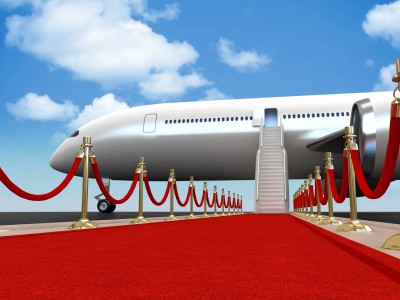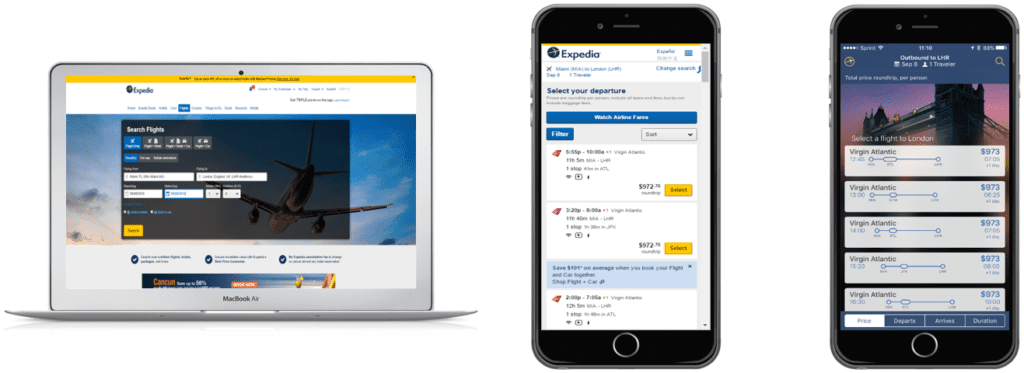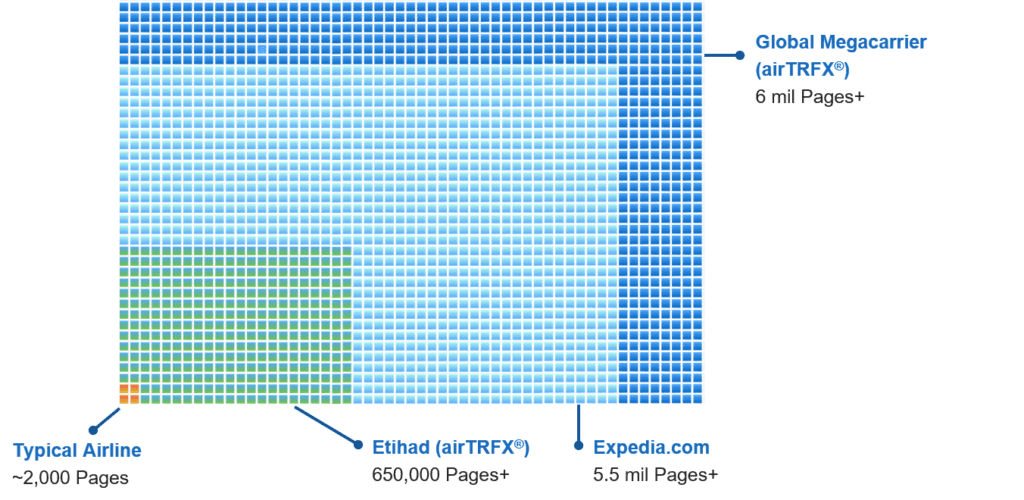How can airlines improve their direct-channel performance? The short answer is by maximizing their digital power by delivering a fully optimized e-commerce experience to travelers. This news should not come as a surprise to airlines, who have become aware of the importance of a best practice e-commerce strategy for their companies. Gone are the days of merely distributing fares to third parties, whether they be brick-and-mortar travel agents or more recently online travel agents (OTAs). The focus for airlines is now squarely on maximizing customer lifetime value, which can only happen through this direct relationship with each customer.
Maximizing customer lifetime value is a long journey and not one that begins only when a traveler steps aboard an aircraft. The route towards a memorable customer experience – or CX – is fraught with peril as airlines need to ensure a seamless experience across all hardware, software, and locations. The goal for airlines should be to begin that positive journey in the search engine, when a traveler initially reveals his or her intent to travel.
Why is digital power so important?
For years, many airlines have relied solely on the name recognition of their brands in order to drive customer loyalty. With iconic brand names came prestige; with that prestige came travelers’ trust; and with that trust came loyalty.

Source: verticalresponse.com
Airlines have historically invested the majority of their marketing dollars in traditional brand-related efforts, such as consumer-facing advertising. But the airline market has changed rapidly over the last fifteen years… and the power of the Prestige-Trust-Loyalty situation isn’t as potent as it used to be for airline customers. This is where a focus on digital power can ensure that airlines fully leverage that hard-won brand power and reduce their reliance on OTAs.
The Search Performance Takeover
Thanks to the rise of both low-cost carriers and online travel agencies (OTAs), prestige and trust are arguably less important to travelers than cost and convenience. Airline customers have become accustomed to utilizing OTA sites and meta search engines (MSEs) to find the right flight at the right price. Travelers typically begin their booking journey with non-brand organic online search to discover the best deals, irrespective of airline brand.
With cost and convenience top of mind and airlines’ branded search performance generally poor, travelers are far less likely to navigate to airlines’ branded websites from Google or Bing. That means airlines lose consumers’ the opportunity to begin a direct-channel relationship to the commoditized world of OTAs and MSEs. The end result of this? Airlines essentially lease their customers from those third-party sites as opposed to fully owning the relationship.
Taking Back Control
Achieving stronger digital power has a singular goal for airlines: attaining digital parity with the OTAs and MSEs. The only way to level the playing field is to have a comparable digital infrastructure to these travel aggregators. Fortunately, the tech space now has options to automate the creation of this type of footprint to help airlines avoid the pitfalls – financial and man power – of trying to solve this problem in-house.
In today’s online landscape, brand power and digital power are intrinsically linked – they each drive the value of the other. However, in the airline industry we see that digital power is only just beginning to be explored. Although this can seem daunting, the most important thing to remember is that the attainment of true digital power for airlines is more akin to a long-haul flight than a commuter hop.


